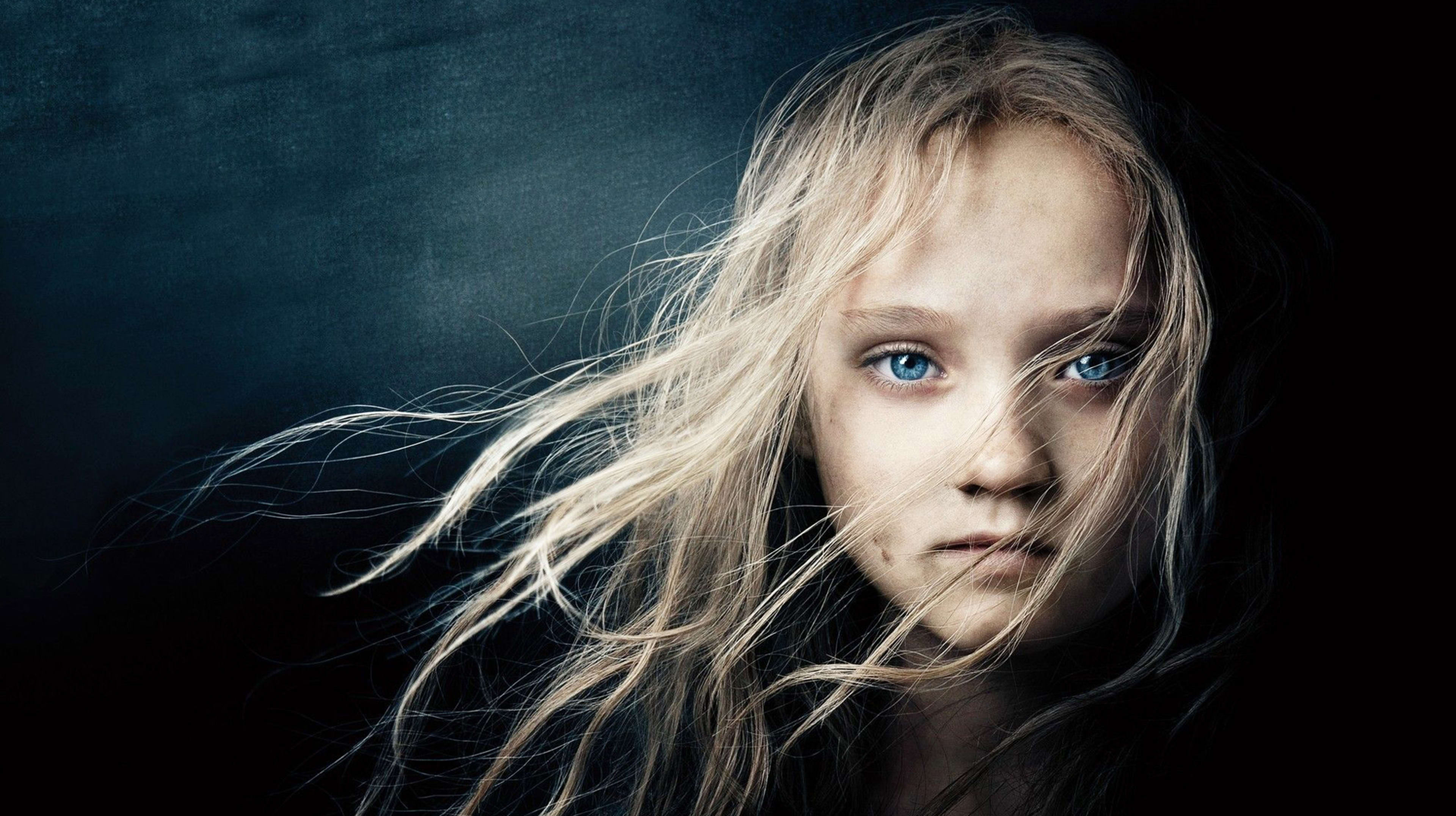Tom Hooper was an accomplished British film and television director back in 2010, and although largely unknown to the moviegoing masses, he was just about to release the latest film he had directed: The King’s Speech. One night, Hooper was invited by his friend William Nicholson (the Oscar-nominated screenwriter of Gladiator) to go see a musical: Les Misérables. Nicholson had just been hired to rewrite the latest draft of the Les Misérables screenplay, which had been in development since the late 1980s. Hooper, who had never seen Les Mis before, emerged ecstatic. He couldn’t believe that the musical hadn’t yet made it to the screen. “There is this moment at the end of the musical where you hear the ‘People’s Song’ begin to play, and it just sent chills up my spine. The show took me on this incredible visceral emotional journey,” Hooper recalls.

As Hooper hopped from country to country promoting The King’s Speech and traveling the subsequent awards circuit, he was reading Victor Hugo’s original novel Les Misérables. “I was carrying this battered copy of Les Misérables around with me,” Hooper says. “The book was constantly in my mind.” At the end of that trip he’d finished reading the book–and had also picked up an Oscar statuette for himself as Best Director. The King’s Speech also won Oscars for Best Picture, Best Original Screenplay, and Best Actor for leading man Colin Firth.
Given the success of The King’s Speech, Hooper was suddenly one of the hottest names in Hollywood. Nicholson had finished his screenplay work, and Hooper signed on to direct Les Misérables. The movie, which opens Tuesday, features one of literature’s greatest heroes, Jean Valjean (played with great gusto by Hugh Jackman in the film) who is imprisoned for 19 years for stealing a loaf of bread to feed his sister’s starving family. Later, Valjean breaks his parole and begins a lifelong chase with his nemesis, Police Inspector Javert (Russell Crowe). The sweeping epic is told over several decades against the backdrop of the French Revolution. The film features a star-studded ensemble that also includes Anne Hathaway, Amanda Seyfried, Helena Bonham Carter, Eddie Redmayne, Samantha Barks, and Sacha Baron Cohen.

The original production of Les Misérables opened in London in 1985, directed by Trevor Nunn, with music by Claude-Michel Schönberg and Alain Boublil. It was produced by Cameron Mackintosh, who has guarded the musical ever since and was a hands-on producer on the current film adaptation. Between 1985 and today, counting its numerous revivals and touring companies, Les Mis has been seen by more than 60 million people around the world and has grossed over $2 billion, more than any film has made except Titanic and Avatar.
Part of the challenge in bringing it to the screen was pressure of a built-in massive global audience–and millions of Les Mis fans and lovers with very clear memories and impressions of what it was like on stage. Hooper notes that when a director adapts a popular book for the screen, fans may nitpick, but at least they’ve never seen the story unfold visually before. “There are so many people out there who hold this musical so close to their heart. I wanted this to honor the fans and I wanted it to contain all the things that caused those people to be fans in the first place,” says Hooper. “Part of what that meant was that there were nonnegotiable uncuttable scenes, which had to represented in a powerful way.”

Hooper says he benefited from having Schönberg, Boublil, and Mackintosh–the people who are intimately familiar with all the things that have been tried with Les Mis–as constant resources. He even asked Boublil and Schönberg to write a new song for the film in an area where Hooper felt something was missing, and they obliged, creating “Suddenly.” This brand-new number integrates so seamlessly that when you watch the film, feels like it’s always been there.
One of the reasons the production has found such continued broad appeal is its earthy and gritty look and feel. A movie musical shot, as most are, with actors lip-synching to a track which they previously recorded in a studio, could never reach that earthy sensibility. Hooper says, “Les Misérables is famous for being the musical that people come back to again and again, I wanted to try and emulate and even deepen that response on film. But I also wanted to make it work for people who don’t even like musicals.” In trying to figure out how to reach the latter audience, Hooper watched classic movie musicals to try and figure out what about the genre had and had not appealed to mainstream audiences. He arrived at the conclusion that singing to a pre-recorded track made it harder for mainstream audiences to suspend their disbelief. So, he determined that in order to make Les Mis resonate on film, he would shoot all the singing live. “It would make it so much more real and it would give so much emotional power back to the actors,” says Hooper. “To do great acting you need to be in control of the medium in real time, and it’s very hard to do that when you are following a playback to the millisecond.”

To make the “live singing” work each actor wore an invisible earpiece which was keyed into an on-set piano player in a glass soundproof booth who was watching the action on a monitor. Each actor had two microphones on their costume, which were removed digitally in post production. Singing, acting, and dancing all at once isn’t easy, especially when almost the entire film is sung, but the performances seem to be much better for it. “It was thanks to technology that we were able to do that,” says Hooper proudly. “We applied the innovation in film that’s never been available to us before, to make our dream come true.”
Recognize your brand's excellence by applying to this year's Brands That Matters Awards before the early-rate deadline, May 3.
